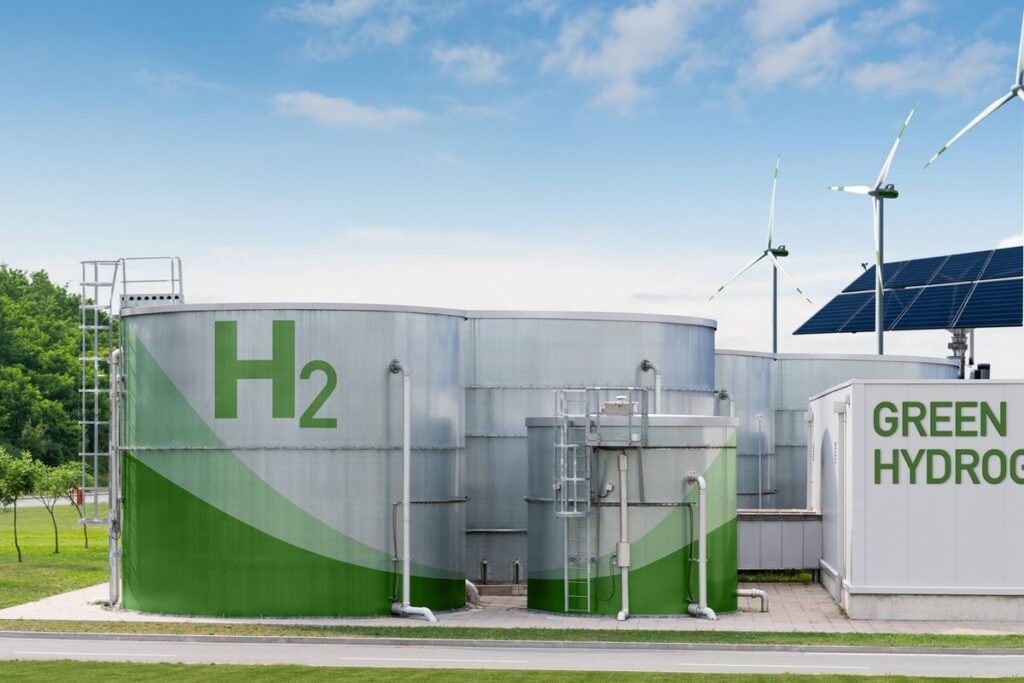Researchers at Ludwig Maximilian University (LMU) recently revealed a groundbreaking leap in their quest to harness solar energy more efficiently. Professor Emiliano Cortés, a leading figure in experimental physics and energy conversion at LMU, and Dr. Matías Herrán, a postdoc researcher at the Fritz Haber Institute of the Max Planck Society, delved into the intricate world of nanotechnology to develop high-performance nanostructures that could revolutionize utilization.
In a statement issued, Cortés emphasized the core challenges they face in capturing sunlight: “Sunlight arrives on Earth ‘diluted,’ so the energy per area is comparatively low. ” Traditional solar panels tackle this by covering extensive surfaces. However, Cortés and his team are taking a different approach.
In a recent publication in the journal , they introduced a two-dimensional supercrystal that not only breaks records but also provides a potential solution to the energy dilution predicament. Plasmonic nanostructures The team’s innovation lies in plasmonic nanostructures, which act as miniature magnets concentrating solar energy. To harness this energy, they teamed up with researchers at the University of Hamburg.
“We first create particles in the range of 100-200 nanometers from a plasmonic metal— which in our case is gold,” explained Herrán. “At this scale, visible light interacts very strongly with the electrons of gold, causing them to oscillate resonantly. ” Speaking to Cortés compared the process to a superlens, saying “For the incident light, this is a strong change so that it subsequently interacts much more strongly with the metallic nanoparticle.
Our nanomaterials do that but on the molecular scale. ” This leads to electrons with very high energy, driven by nanoparticles’ ability to capture more sunlight. To further enhance this process, the researchers employed a unique arrangement of gold particles, creating “hotspots” where light absorption increased significantly.
Platinum , a potent catalyst material, were strategically placed in these hotspots. “Platinum is not the material of choice for photocatalysis because it absorbs sunlight poorly. However, we can force it in hotspots to enhance this otherwise poor absorption and power chemical reactions with the light energy,” Herrán explained.
“In our case, the reaction converts formic acid into hydrogen. ” The road to sustainability “The material holds the world record for green hydrogen production with sunlight,” declared the team in a . With a hydrogen production rate of 139 millimoles per hour and per gram of catalyst, this photocatalytic material is a game-changer in the pursuit of .
Hydrogen production is currently heavily reliant on fossil fuels, primarily natural gas. Cortés and Herran envision a greener future by combining plasmonic and catalytic metals. “Clever material solutions like ours are an important building block for the success of the technology,” they remarked.
Their patented material development not only promises more efficient hydrogen production but also opens doors for potential applications in other reactions, such as the conversion of CO2 into usable substances. Sunlight-driven H2 generation is a central technology to tackle our impending carbon-based energy collapse. Colloidal photocatalysts consisting of plasmonic and catalytic nanoparticles are promising for H2 production at solar irradiances, but their performance is hindered by absorption and multiscattering events.
Here we present a two-dimensional bimetallic catalyst by incorporating platinum nanoparticles into a well-defined supercrystal of gold nanoparticles. The bimetallic supercrystal exhibited an H2 generation rate of 139mmolgcat−1h−1 via formic acid dehydrogenation under visible light illumination and solar irradiance. This configuration makes it possible to study the interaction between the two metallic materials and the influence of this in catalysis.
We observe a correlation between the intensity of the electric field in the hotspots and the boosted catalytic activity of platinum nanoparticles, while identifying a minor role of heat and gold-to-platinum charge transfer in the enhancement. Our results demonstrate the benefits of two-dimensional configurations with optimized architecture for liquid-phase photocatalysis. .
From: interestingengineering
URL: https://interestingengineering.com/science/new-research-links-world-record-holding-material-to-hydrogen-generation
